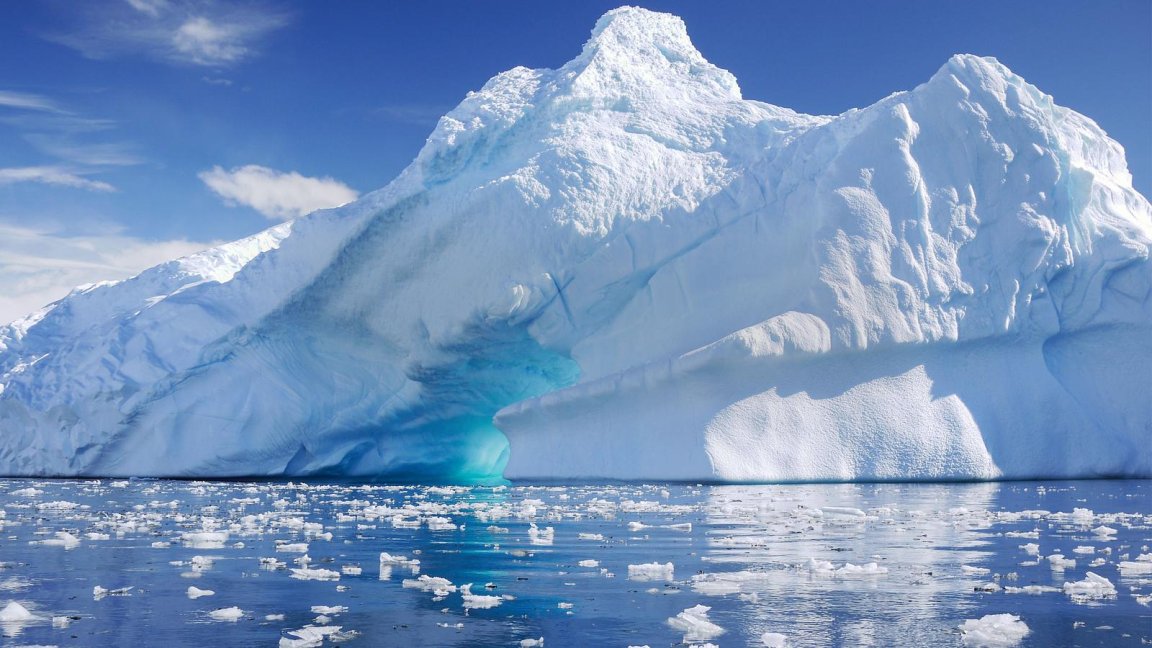
Antarctica, the last station on Earth without a 400 parts per million (ppm) reading, has finally reached it.
Three years ago, the world passed the symbolic threshold of 400 ppm, according to the Mauna Loa Observatory in Hawaii. After that, other observing stations have been breaching the threshold due to the huge amount of carbon dioxide spread across the planet’s atmosphere. In fact, the world collectively passed the threshold for a month last year.
What’s concerning is that, for the first time in 4 million years, the South Pole Observatory carbon dioxide observing station cleared 400 ppm in the remote reaches of Antarctica.

Most carbon pollution originates in the northern hemisphere, where most of the world’s population live, which is why it took three years before the 400 ppm threshold could be breached in the south.
But with this new record, it seems that the most remote continent on earth has caught up with its more populated counterparts.
A new research showed people might have to live with 400 ppm threshold permanently, well, at least in this lifetime.
The 400 ppm milestone is important because it reminds everyone that human activities continue to reshape the planet in profound ways. It is critical to continue monitoring carbon dioxide levels at Mauna Loa, the South Pole and other locations to gauge how humanity is faring under the Paris Climate Agreement and if it is meeting its goals of curbing its emissions.
Welcome to the new (carbon) normal, earthlings.